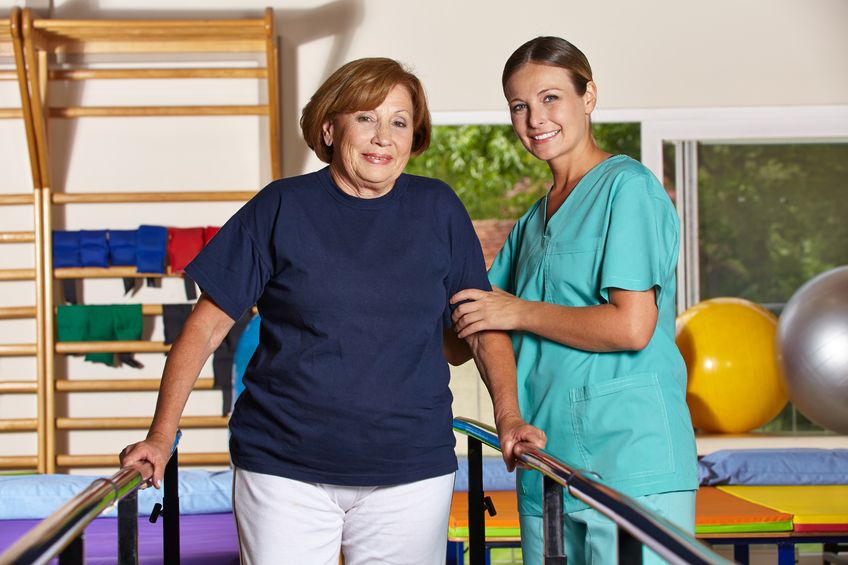With the accumulation of data and knowledge about epidemic outbreaks of COVID-19 diseases, such as acute respiratory syndromes of SARS and MERS, scientists are trying to establish patterns associated with the strong differences in the degree of damage that the current virus COVID-19, causing the disease SARS-CoV-2, causes different to people.
Most confirmed cases of a new coronavirus infection occurred with symptoms of a common cold, sometimes turning into mild pneumonia, the Chinese Center for Disease Control and Prevention reported in mid-February. But 14% of the confirmed cases were severe, accompanied by severe pneumonia and shortness of breath. Another 5% of patients developed respiratory failure, septic shock, and multiple organ failure, and these critical cases were life threatening.
A fatal outcome occurred in 2.3% of confirmed cases. In search of the root causes of this variation, healthcare experts came to the following preliminary conclusion: in the most severe forms, SARS-CoV-2 occurs in the elderly and sick people. According to the latest Chinese data, an analysis of about 45,000 case histories indicates a high likelihood of developing severe forms of the disease in people with chronic diseases and the elderly.
There are less than 1% of healthy people who died from a new COVID-19, while among people with cardiovascular diseases the mortality rate was 10.5%, that is, every tenth infected person in this category. The probability of death for patients with diabetes is estimated at 7.3%, about 6% of deaths is an indicator for patients with chronic respiratory disease, hypertension or cancer. The highest risk of dying – 14.8% – is exposed to patients 80 years and older. Fatal outcomes occur in all age groups, except for children under nine years of age, and, generally speaking, “there are relatively few such outcomes among children,” quoted The Scientist Tedros Ghebreyesus, director general of the World Health Organization.
The marked increase in the severity of the disease in older groups of patients distinguishes a new wave of coronavirus infection from other viral outbreaks, especially from the 1918 influenza epidemic, the “Spanish Woman”, in which the highest mortality was observed in children and young people from 20 to 40 years old.

Correlation of blood type with coronavirus severity confirmed
Blood type can play a key role in how severe the disease caused by a new type of coronavirus is. This conclusion was made by scientists from China, the USA and Iran, who conducted independent research. Carriers of blood group A (II) have the highest risk of severe disease due to infection with coronavirus, while the lowest risk of severe disease is with carriers of group O (I).
Virologist, doctor of medical sciences Anatoly Alstein in an interview said that in this regard, on the part of doctors for owners of the second blood group should be strengthened control over the course of the disease.
“There is a connection between the blood type and the severity of the disease, there are a number of scientific publications proving that people with the second blood group often have diseases, they are more severe. And if such a pattern is established, more careful monitoring of the patient’s condition is necessary. But, unfortunately, we do not have a medicine that would help with a growing disease. But it is possible to alleviate the course of the disease by infusion of saline. The second blood group should be under the special supervision of doctors, ”the virologist said authoritatively.
So far, no group of scientists has given an answer why patients with different blood groups react differently to the disease. The researchers also clarified that the results are preliminary and require further study and confirmation.







